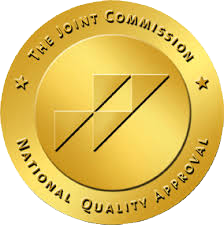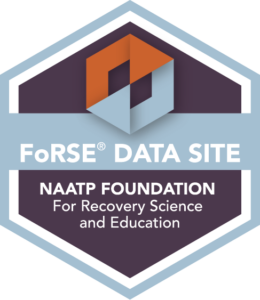Tree House’s ESM program was mentioned recently in an article on endominance discussing the connection between exercise and successful sobriety. In reviewing several scientific publications, the article explains that as far as the brain is concerned — addiction is a learned behavior. When you use drugs and alcohol it floods your rewards system with dopamine (a transmitter for euphoria). Meanwhile the brain regions responsible for memory and learning “makes notes of it and teach individuals to do it again and again” so that they can get the same reward. Once this learned memory solidifies as the go-to for easy rewards a Substance Abuse Disorder (SUD) begins to form.
But it’s not that simple. “According to John J. Ratey MD, associate clinical professor of psychiatry at Harvard Medical School and author of the book Spark: The Revolutionary New Science of Exercise and the Brain, ‘While dopamine in the reward center causes the initial interest in the drug, and the motivation to get it, what makes addiction such a stubborn problem is the structural changes it causes in the brain.'” Our brains have a very strict use it or lose it policy. So as drugs and alcohol trigger the rewards system over and over these regions (like the basal ganglia, striatum, amygdala) they get bigger and stronger.
The problem with this is that these regions exist in a delicate balance with our pre-frontal cortex (PFC). For simple reference, our PFC is the region of the brain in charge of “adulting”. Anytime you need to make long term plans, delay gratification, set a goal in the future and control your behavior to reach that goal, or control your thoughts and emotions you’re using your PFC. So as your rewards system gets bigger and stronger, it becomes more able to overpower the PFC. When your rewards system repeatedly overpowers your PFC the use it or lose it system kicks in and your brain will allocate less oxygen and blood to the PFC — making it get even weaker. In fact, over time the decrease in blood and oxygen will cause your PFC to shrink.
The result of this is that the brain region that would help you control your drug use, deal with substance cravings, or decide it’s time to stop using so that you can spend time with your family, go to work, keep your job, see your significant others, etc isn’t functioning properly. In fact, several studies show that people who abuse drugs and alcohol have visibly larger rewards regions in their brains and noticeably smaller PFC. According to Ratey, it’s that people with addiction make bad decisions, it’s that they can’t inhibit their behaviors.
How Does Exercise Help You Stay Sober?
According to the article, exercise rewires to the rewards system to prefer exercise and strengthens the PFC.
Rewards System Rewire: As far as the brain is concerned, Addiction is a learned behavior because the brain likes the rewards it provides. The same is true about exercise. It switches “on the same circuits in the frontal regions of the brain that make a person feel good, which then motivates them to repeat those behaviors – similar to the process of addiction.” Think of it as using the neurology of addiction to stay sober. As you exercise, it triggers dopamine and your brain takes note of this. In following the “use it or lose it” system, as you continue to exercise the link between exercise and dopamine will continue to get reinforced while the link between substances and dopamine will get weaker. In essence, you are unlearning your addiction. Although it’s important to understand that this link never completely dies which is why people with addiction should abstain from their drug of choice after getting sober.
Strengthening the PFC: Brain imaging shows that moderate to vigorous physical exercise activates the PFC. With time and repeated exercise, this reprograms the brain’s use it or lose it system and creates increased blood and oxygen flow to the PFC — helping it regrow. As your PFC grows, so does your ability to regulate your thoughts, emotions, urges, and drug-related cravings. To put it simply, exercise helps you regain the self-control and inhibition that addiction removed. Another part of this or any brain growth though is the presence of very special proteins:
- Brain-Derived Neurotrophic Factor – stimulates the growth of brain neurons and cells (Miracle-Gro fertilizer for the brain).
- Insulin-like Growth Factor – works with insulin to deliver glucose to muscles and the brain.
- Vascular Endothelial Growth Factor – helps build new blood vessels that carry fuel to the brain.
- Fibroblast Growth Factor – helps build brain cells
Interestingly, exercise releases all of these proteins. They are what rebuild your body after exertion so that you become more muscular, but they have the exact same effect on your brain. It repairs cells, creates more blood flow, delivers nutrients, and switches on the process of neurogenesis (the creation of new brain cells). Once released during exercise, these proteins repair damaged cells, and grow new ones in your pre-frontal cortex. That’s why according to the article, addiction recovery professionals and scientists agree that physical exercise like Tree House’s ESM program “may be our best defense in rebuilding the prefrontal cortex and wiring in a healthier, substance-free lifestyle during addiction recovery.”
Take Back Your Life:
Sustainable sobriety is more than just removing drugs from your life. In order to thrive you need to build a happy, healthy, and fulfilled life post-sobriety. Tree House Recovery specializes in helping you do this by using exercise as well as other holistic practices to treat the physical, mental, and social parts of addiction. To learn more, call 855-202-2138.






